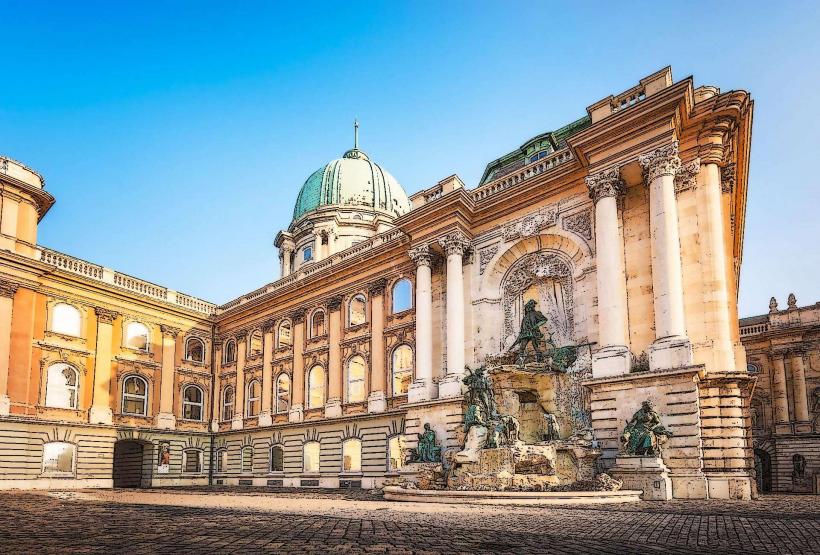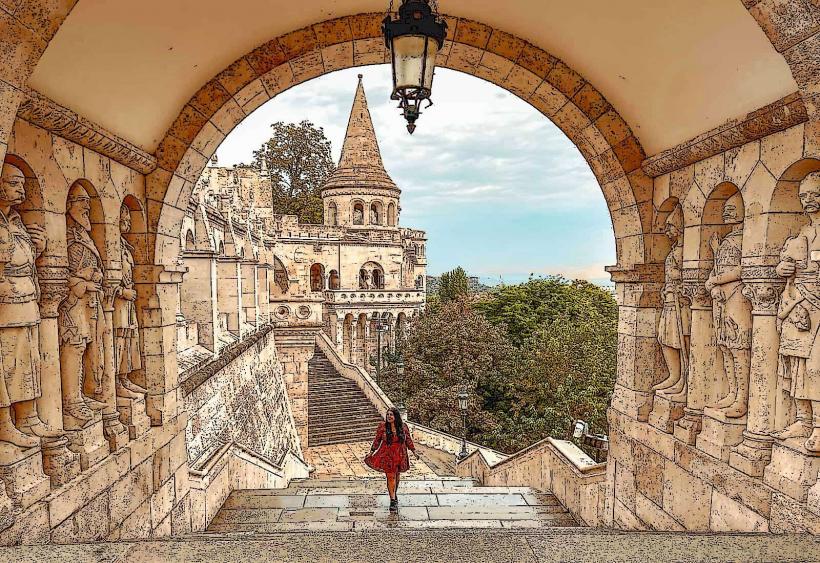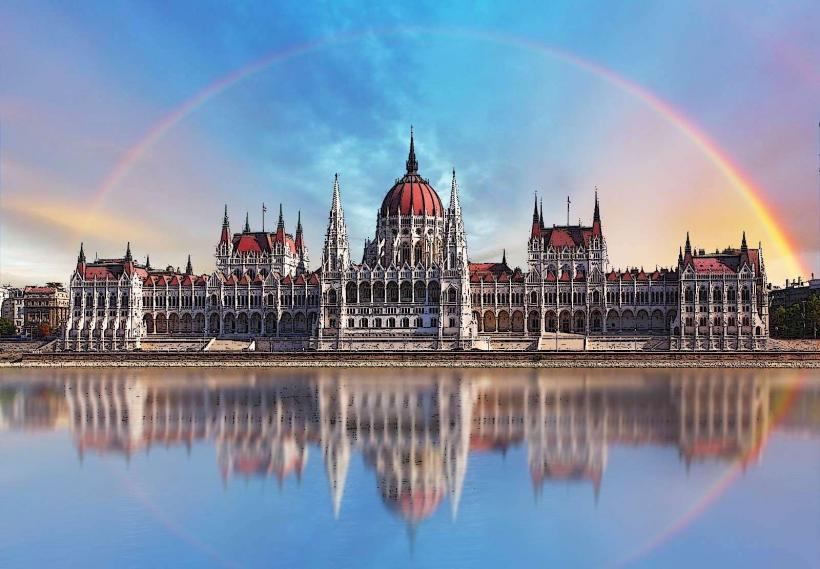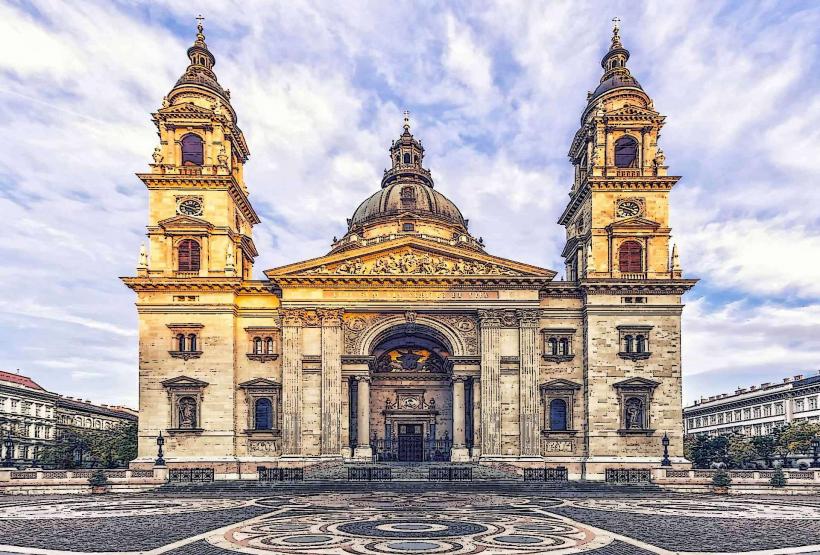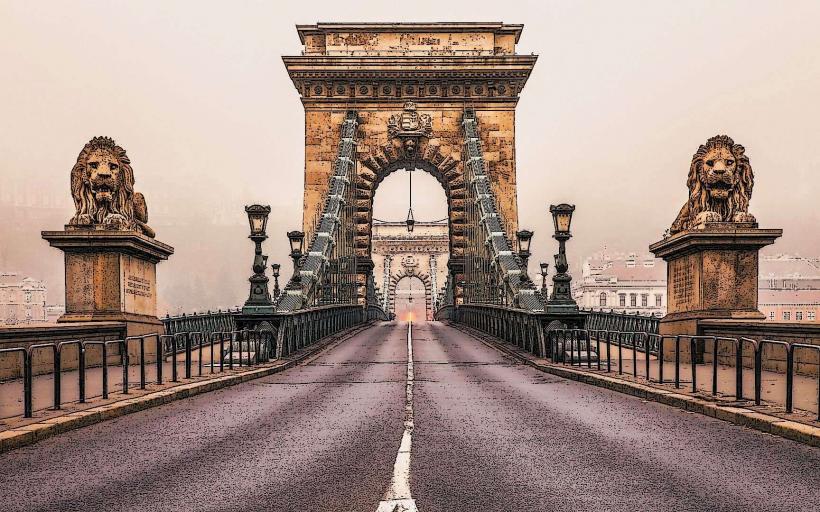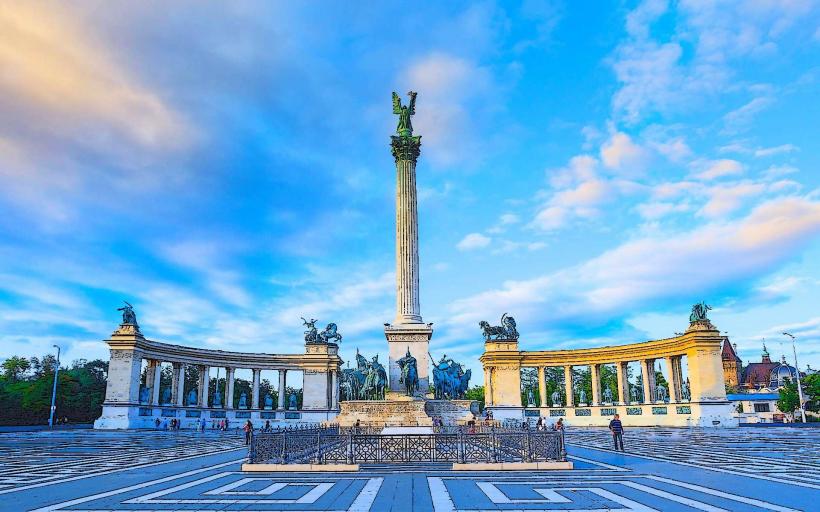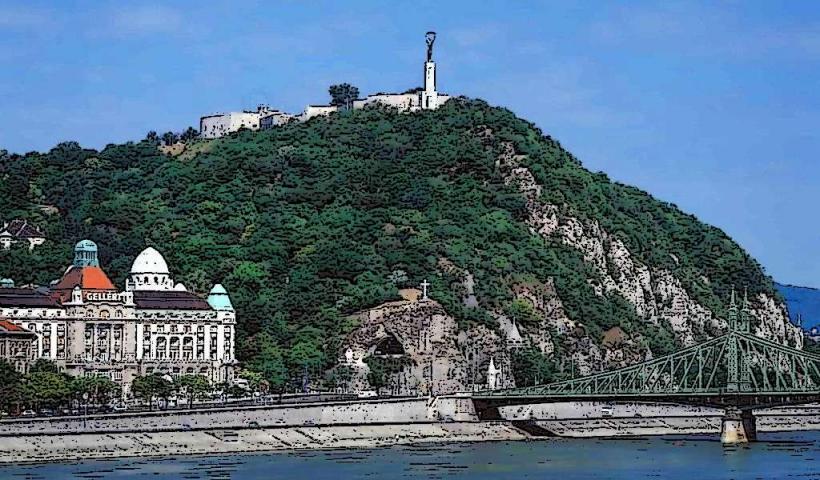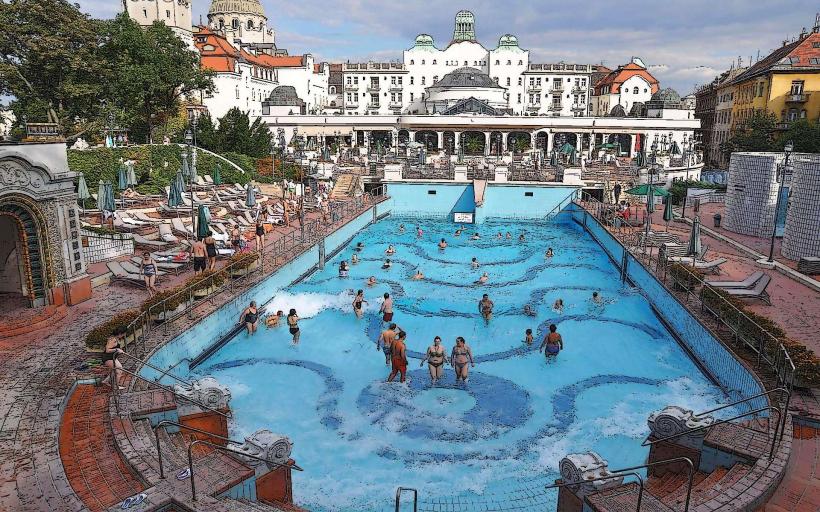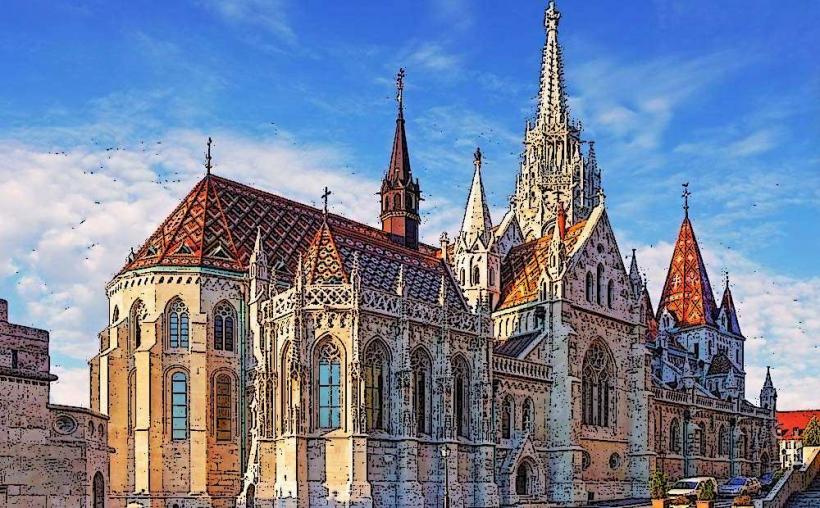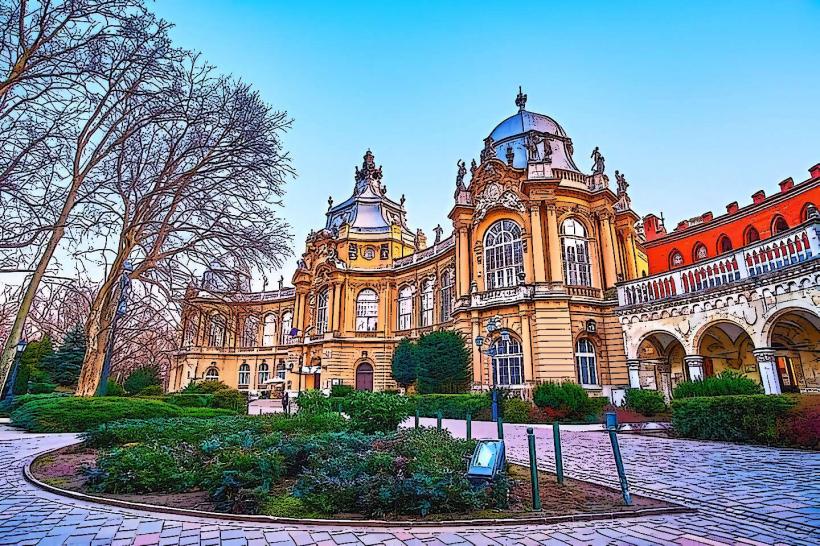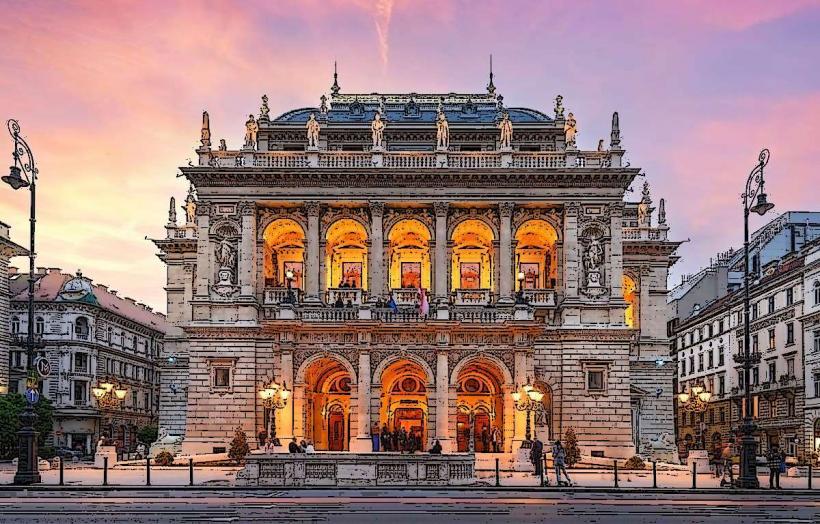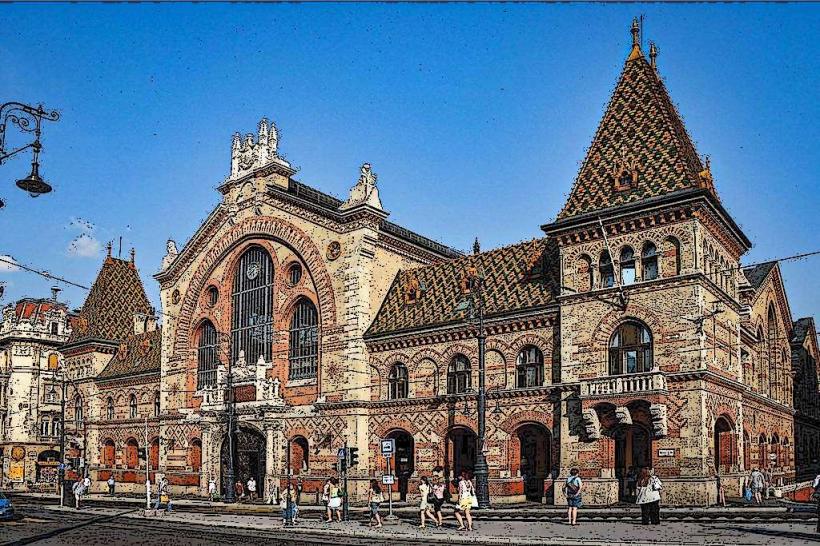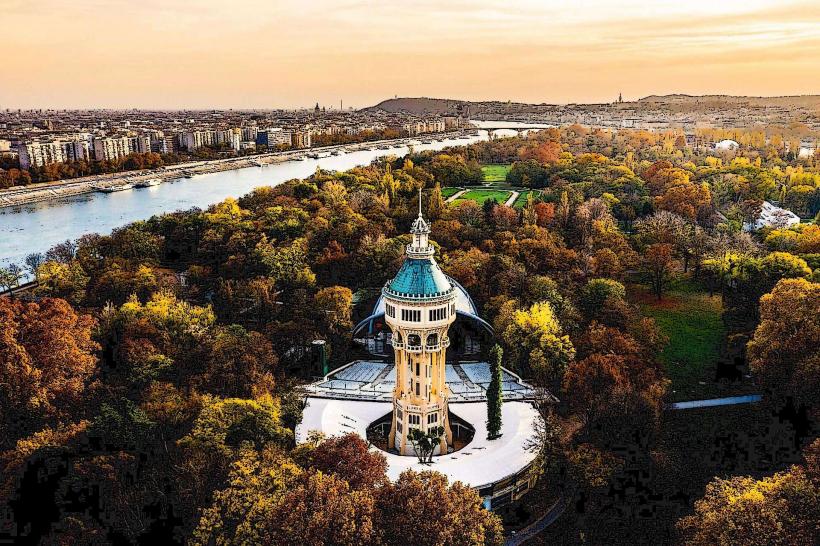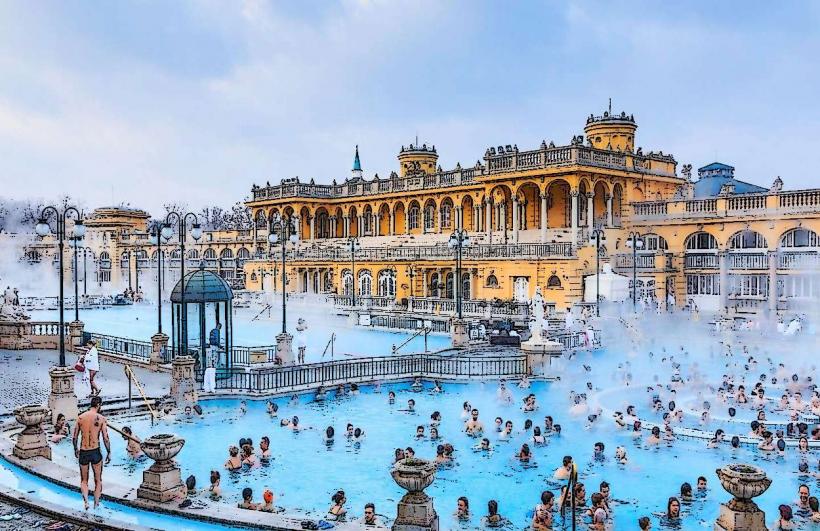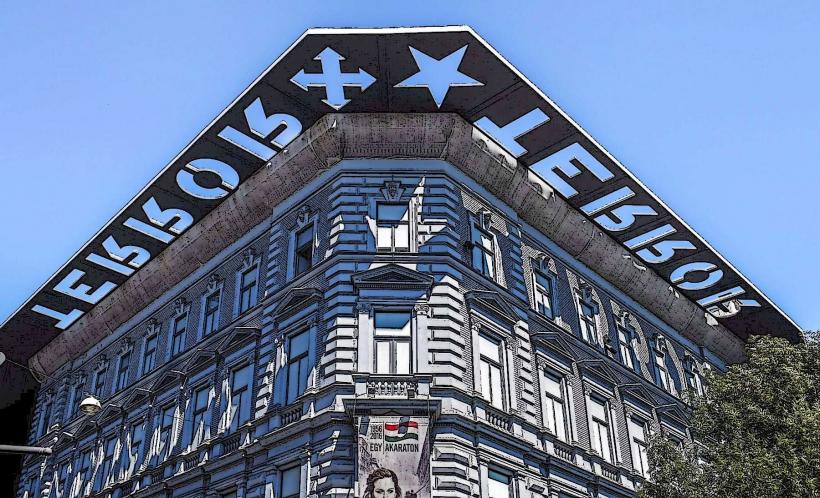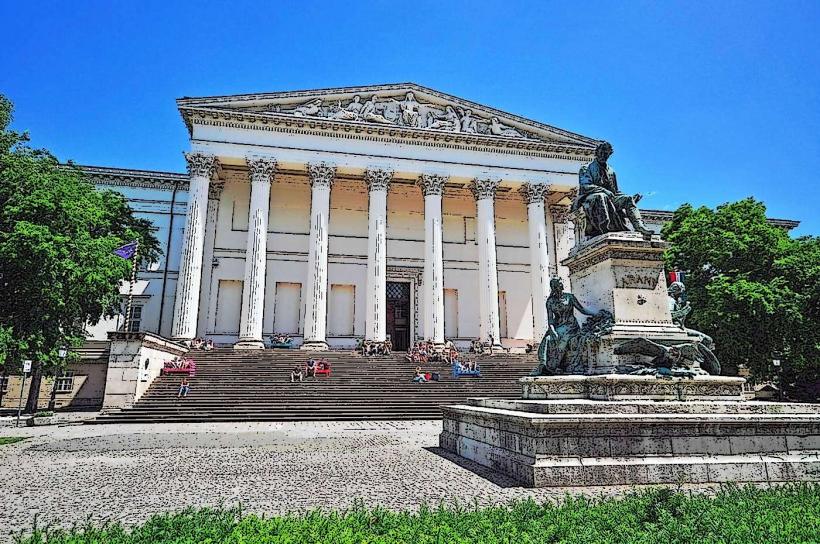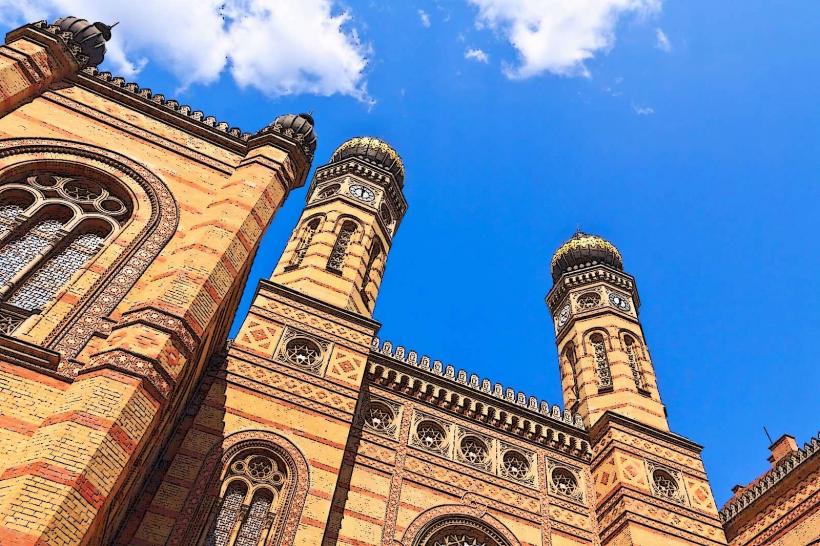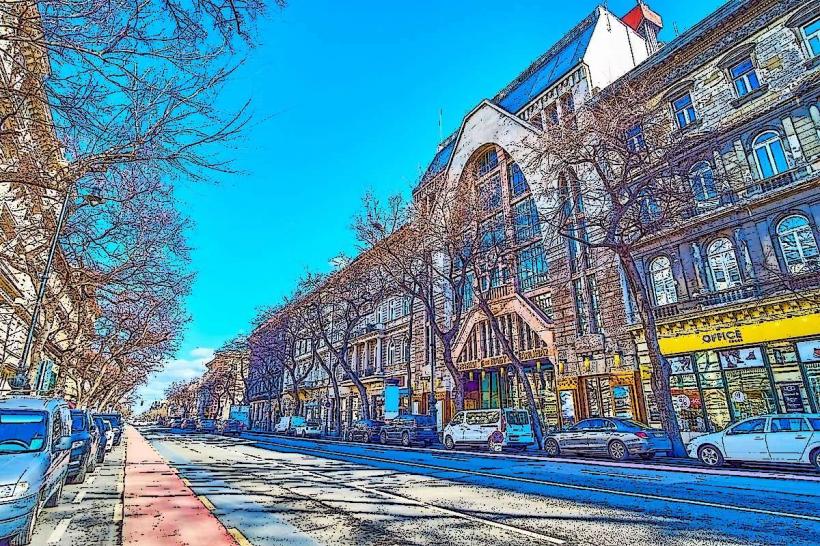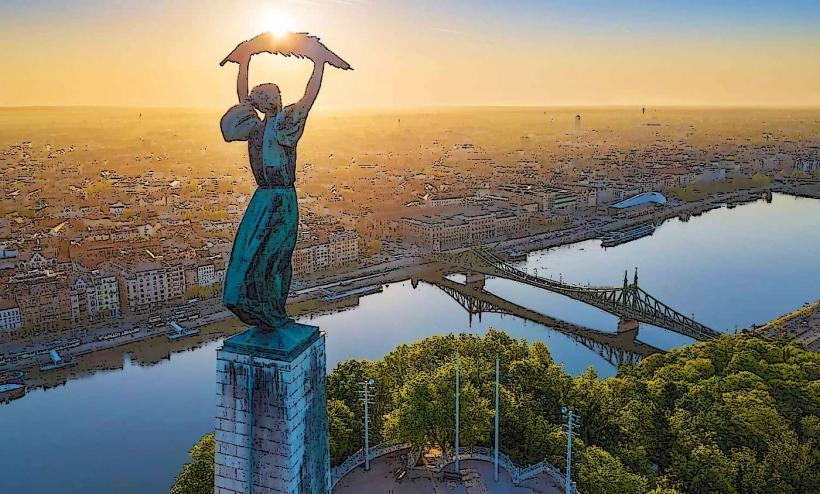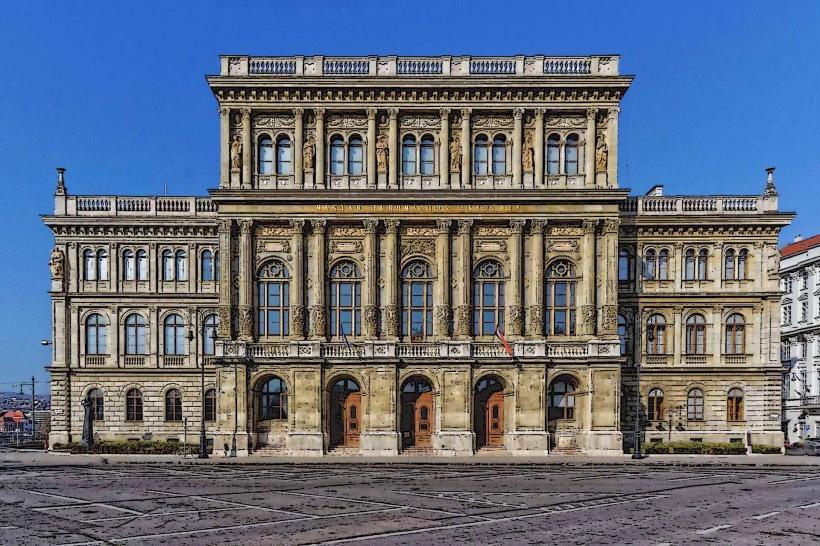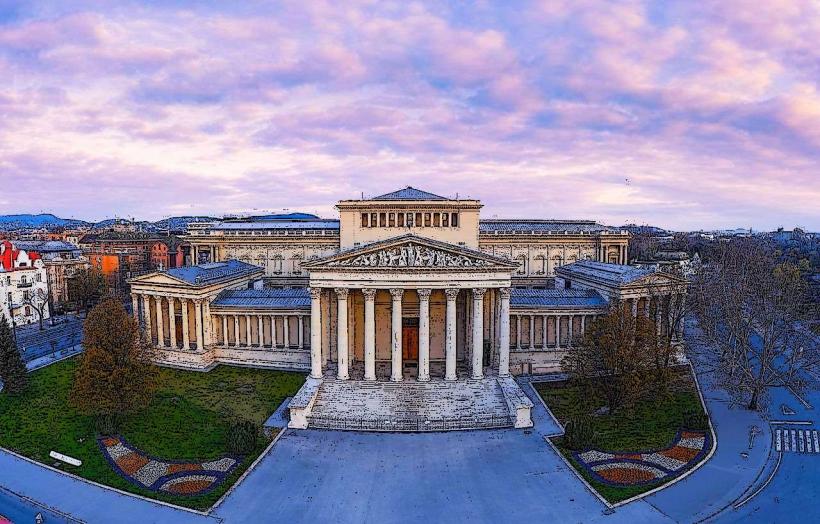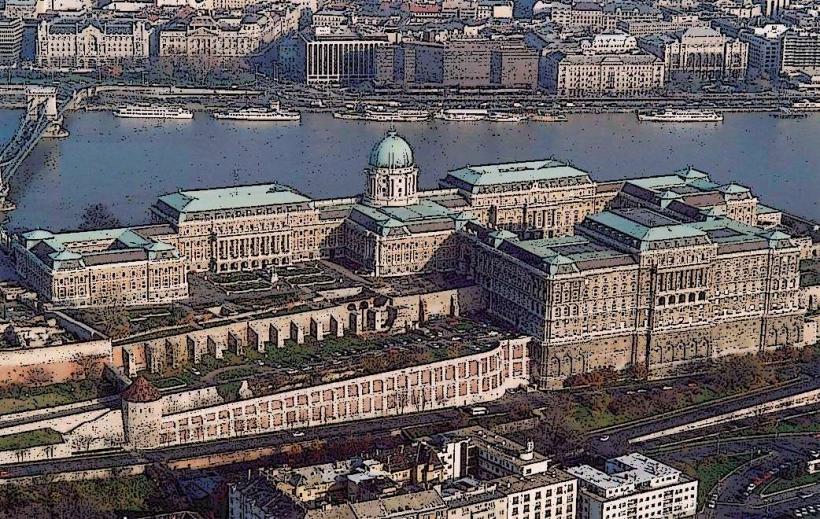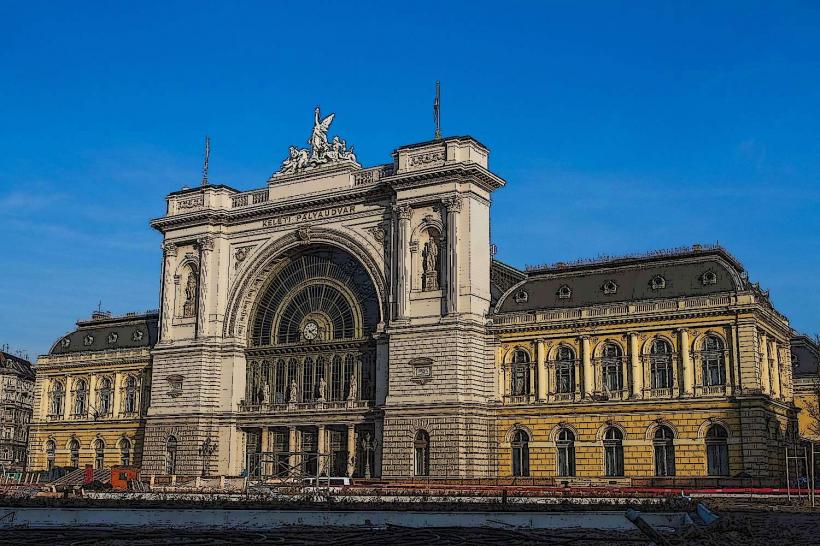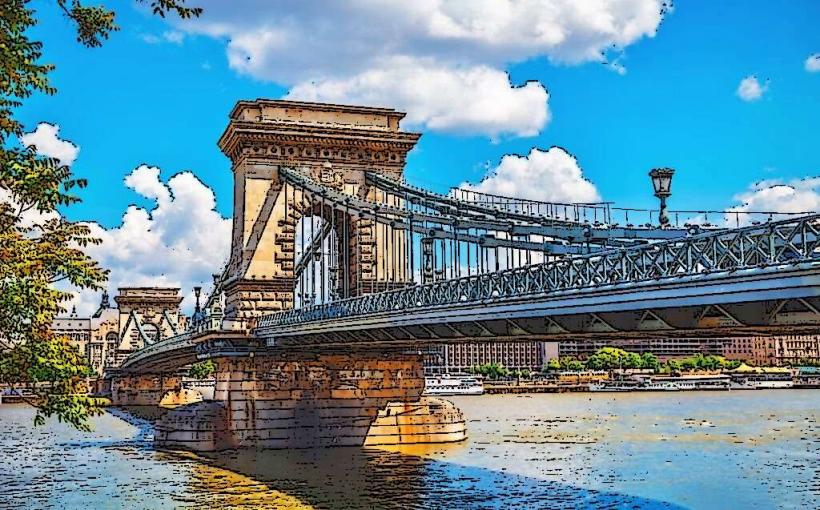Information
Landmark: Memento ParkCity: Budapest
Country: Hungary
Continent: Europe
Memento Park (Hungarian: Szoborpark) is an outdoor museum in Budapest, Hungary, dedicated to the communist era and the statues and monuments that were erected during Hungary’s time under Soviet influence. The park preserves and displays a collection of monumental statues and busts that were once located throughout Hungary during the Soviet occupation and the communist period, which lasted from the end of World War II until the fall of the regime in 1989.
History of Memento Park
Creation: The park was established in 1993 as a response to the sweeping changes that occurred in Hungary after the fall of communism in 1989. After the regime's collapse, many communist-era statues and monuments, which once symbolized Soviet power and communist ideology, were removed from public spaces in Budapest and across the country. Instead of being discarded or destroyed, these monuments were collected and brought together in Memento Park as a means of preserving Hungary’s historical memory of the communist era.
Statues in the Park: The statues in Memento Park are not glorifications of the communist regime but serve as historical artifacts reflecting the period's political climate and Soviet influence. The park is a space for reflection, education, and contemplation, allowing visitors to understand Hungary's complex 20th-century history. It features works by Hungarian sculptors who designed these statues under state commissions, including several large bronze and stone monuments to Soviet leaders and Hungarian communist figures.
Main Features and Statues
Memento Park includes several notable statues and monuments that reflect the communist era’s symbols of power, oppression, and ideological control. Some of the most prominent monuments on display are:
Statue of Soviet Soldier: This large statue was originally erected to commemorate the Soviet soldiers who fought in World War II and helped liberate Hungary from Nazi occupation. The original statue was taken down after the end of the Soviet Union and replaced with the one on display in Memento Park.
Statue of Lenin: One of the most iconic communist figures, Vladimir Lenin, the founder of the Soviet state, is represented in the park with a statue that once stood in the heart of Budapest. This statue was removed after the collapse of communism in Hungary.
Statue of Karl Marx: This statue of Karl Marx, the philosopher and revolutionary socialist, reflects Hungary's strong connection with Marxism during the communist era. Marx’s teachings heavily influenced Hungary's political landscape throughout much of the 20th century.
Statue of Engraver: Another statue dedicated to Hungarian communist leaders and Soviet heroes. Many statues in the park depict workers, soldiers, and revolutionary heroes that embody socialist realism, the state-approved artistic style of the time.
Monuments to Hungarian Communist Leaders: Some of the statues were dedicated to prominent Hungarian communist figures, including Mátyás Rákosi, a Hungarian communist politician and leader of Hungary from 1949 to 1956. Rákosi's image is one of the many that were demolished or relocated to Memento Park for historical preservation.
Architecture and Design of Memento Park
The park is designed to present these monumental statues in a spacious outdoor setting. It is not just a collection of monuments; it is an immersive experience that aims to evoke thought and reflection on Hungary’s past under communist rule. The statues are arranged in an open area with paths that guide visitors through the park.
Museum Building: A small museum and exhibition space is located near the entrance to the park. The museum features displays that provide historical context for the statues and the communist era in Hungary. It includes photographs, documents, and videos about the history of the statues and their removal, offering insights into the political climate of the time and the aftermath of the fall of communism.
Audio Guides and Tours: Visitors to Memento Park can use audio guides or take guided tours that explain the history behind each monument and its significance in Hungary’s socialist past. The audio guides provide detailed commentary on the historical and cultural context of the statues.
Educational and Cultural Significance
Memento Park serves as an educational tool for understanding Hungary’s communist history. It is a place where visitors, especially younger generations who may not have experienced the communist period firsthand, can learn about the totalitarian regime, the political figures who shaped it, and the lasting impact it had on Hungary and Eastern Europe. It offers a chance to explore the contrast between dictatorship and freedom, as the statues symbolize oppression as well as the resilience of the Hungarian people.
- Controversial Legacy: The statues and the park itself continue to provoke debate among Hungarians. Some see Memento Park as a necessary tool for coming to terms with the nation’s communist past, while others believe that such monuments should not be glorified or preserved. Nonetheless, Memento Park has become a key landmark for those interested in understanding the challenges faced by Hungary during its time under Soviet and communist influence.
Conclusion
Memento Park offers a unique opportunity to delve into Hungary’s communist past and reflect on the ways in which the country transitioned from a totalitarian regime to a democratic republic. It is a must-visit for history buffs, students, and anyone interested in the complex history of Eastern Europe in the 20th century. The park is a powerful reminder of how monuments can shape a society's memory and how a country's historical identity can evolve over time.

